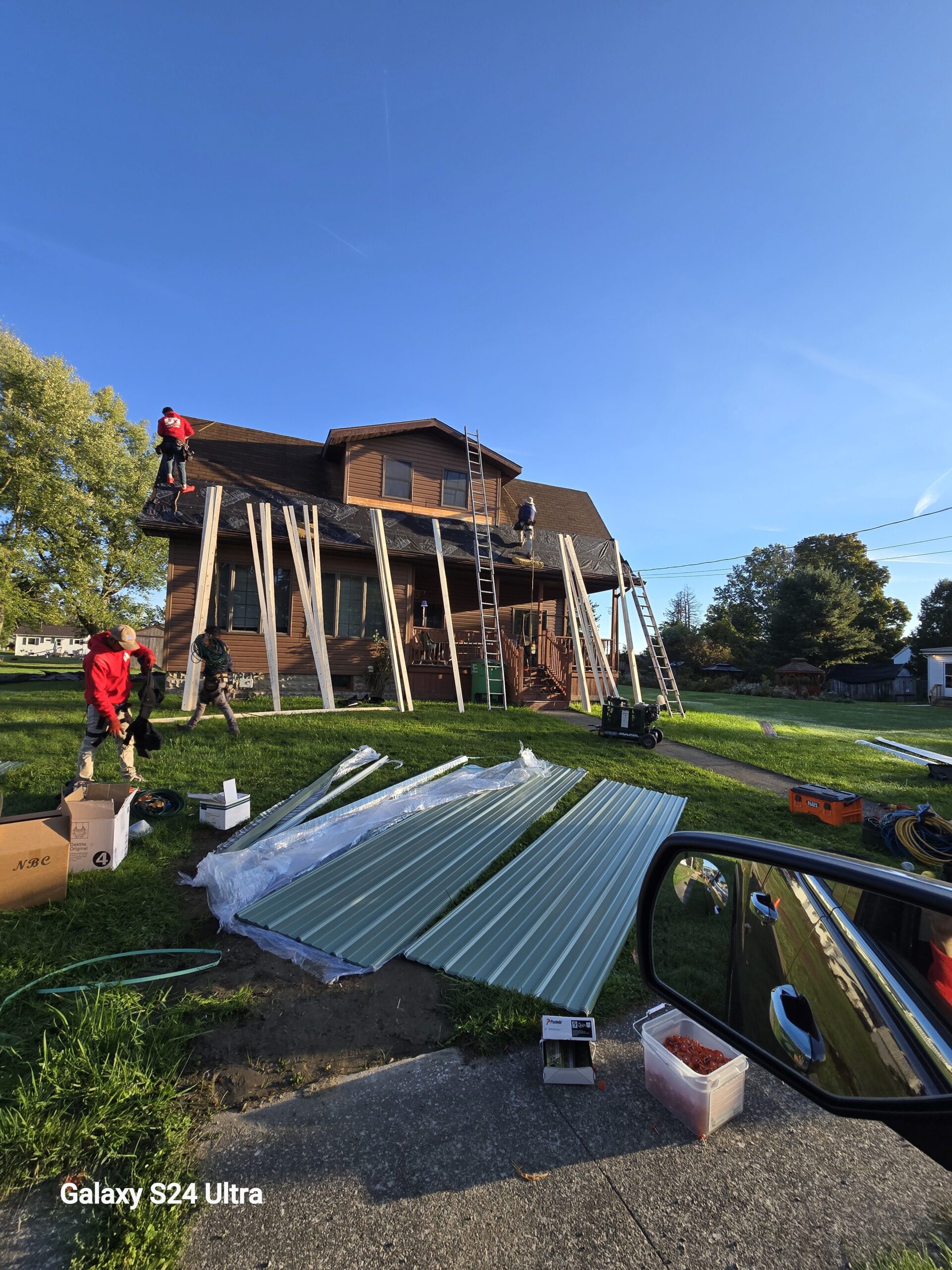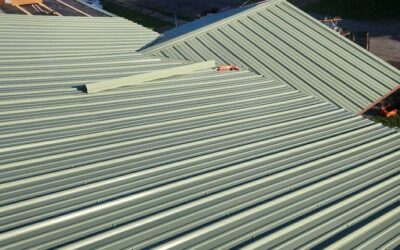How Long Does It Take Wet Insulation to Dry? A Comprehensive Guide for Homeowners (4 Dangers of Wet Insulation in Your Home and How to Prevent it)
Wet insulation is a common issue that can compromise your home’s energy efficiency and indoor air quality. Whether caused by a leaky roof, burst pipe, or flooding, understanding how long it takes for wet insulation to dry—and when it should be replaced—is crucial. This guide provides detailed insights into drying times for various insulation types, factors affecting the drying process, and steps to address wet insulation effectively.
Understanding the Impact of Wet Insulation
Insulation materials are designed to resist heat flow, keeping your home comfortable year-round. However, when insulation becomes wet, its thermal resistance (R-value) diminishes significantly. Moreover, moisture-laden insulation can lead to: (What Happens If Insulation Gets Wet – Can it Get Wet?)
- Mold and Mildew Growth: Damp environments are breeding grounds for mold, which can pose health risks.
- Structural Damage: Prolonged moisture exposure can rot wooden structures and corrode metal components.
- Reduced Energy Efficiency: Wet insulation loses its insulating properties, leading to higher energy bills.
Drying Times for Different Insulation Types
The time it takes for insulation to dry depends on the material, extent of moisture, and environmental conditions. (What Happens If Insulation Gets Wet – Can it Get Wet?)
Fiberglass Insulation
Fiberglass insulation can dry out if it hasn’t been overly saturated. In well-ventilated areas, it may take 48 to 72 hours to dry completely. However, in enclosed spaces or if the insulation is heavily soaked, drying may take longer, and the material might need replacement. (4 Dangers of Wet Insulation in Your Home and How to Prevent it, What Happens If Insulation Gets Wet – Can it Get Wet?)
Cellulose Insulation
Cellulose insulation is highly absorbent and tends to retain moisture. If it becomes wet, it’s often recommended to remove and replace it, as drying can be challenging, and the material may lose its effectiveness. (4 Dangers of Wet Insulation in Your Home and How to Prevent it, What Happens If Insulation Gets Wet – Can it Get Wet?)
Spray Foam Insulation
Closed-cell spray foam is water-resistant and doesn’t absorb moisture easily. If water accumulates on its surface, it can typically be dried without significant issues. However, open-cell spray foam is more porous and may absorb water, necessitating careful assessment and potential replacement. (4 Dangers of Wet Insulation in Your Home and How to Prevent it)
Factors Influencing Drying Time
Several factors affect how quickly wet insulation dries:
- Ventilation: Proper airflow accelerates drying. Using fans or opening windows can help.
- Humidity Levels: High humidity slows down the drying process. Dehumidifiers can be beneficial.
- Temperature: Warmer temperatures facilitate faster evaporation.
- Extent of Moisture: Heavily saturated insulation takes longer to dry and is more likely to require replacement.
Steps to Address Wet Insulation
- Identify the Moisture Source: Locate and fix the source of water intrusion, whether it’s a leak or condensation issue.
- Remove Wet Insulation: Carefully extract the damp insulation to prevent mold growth and further damage.
- Dry the Area: Use fans, dehumidifiers, and heaters to dry the affected space thoroughly.
- Inspect for Mold: Check for signs of mold or mildew. If present, consult a professional for remediation.
- Replace Insulation: Once the area is dry and free of mold, install new insulation appropriate for the space. (What to Do When Your Insulation Gets Wet: Key Steps and Solutions)
When to Consult a Professional
If you’re unsure about the extent of moisture damage or the appropriate remediation steps, it’s advisable to consult a professional. Experts can assess the situation, recommend solutions, and ensure that your home’s insulation is restored effectively.
Addressing wet insulation promptly is essential to maintain your home’s comfort, energy efficiency, and structural integrity. By understanding the drying times and appropriate actions for different insulation types, you can make informed decisions to protect your living space. (4 Dangers of Wet Insulation in Your Home and How to Prevent it)
 (440) 307-2060
(440) 307-2060



